
Alpha testing is a critical stage in the software development process.
By leveraging the expertise of your in-house testing team, this phase helps ensure that a considerable number of bugs get identified and fixed before moving on to further development phases.
This article aims to provide a balanced perspective on alpha testing by delving into its advantages and limitations.
We will explore some of the pros and cons of alpha testing, empowering you to make well-informed decisions in determining whether this practice is the right choice for your team.
So, let’s start our discussion with the advantages of this practice.
Table of Contents
The pros
Alpha testing offers a wealth of benefits for development teams seeking to perfect their software and ensure it has fewer bugs before release.
In this section, we’ll delve into the upsides of alpha testing, highlighting how they can contribute to the overall success of an app.
The three benefits we cover next can help teams better understand the value of this crucial testing phase and facilitate a smoother testing process.
Identifying previously overlooked bugs
No matter how meticulous an organization’s testing and development teams are, bugs can often go unnoticed.
Testers can overlook bugs for a myriad of reasons, some of which are listed below.
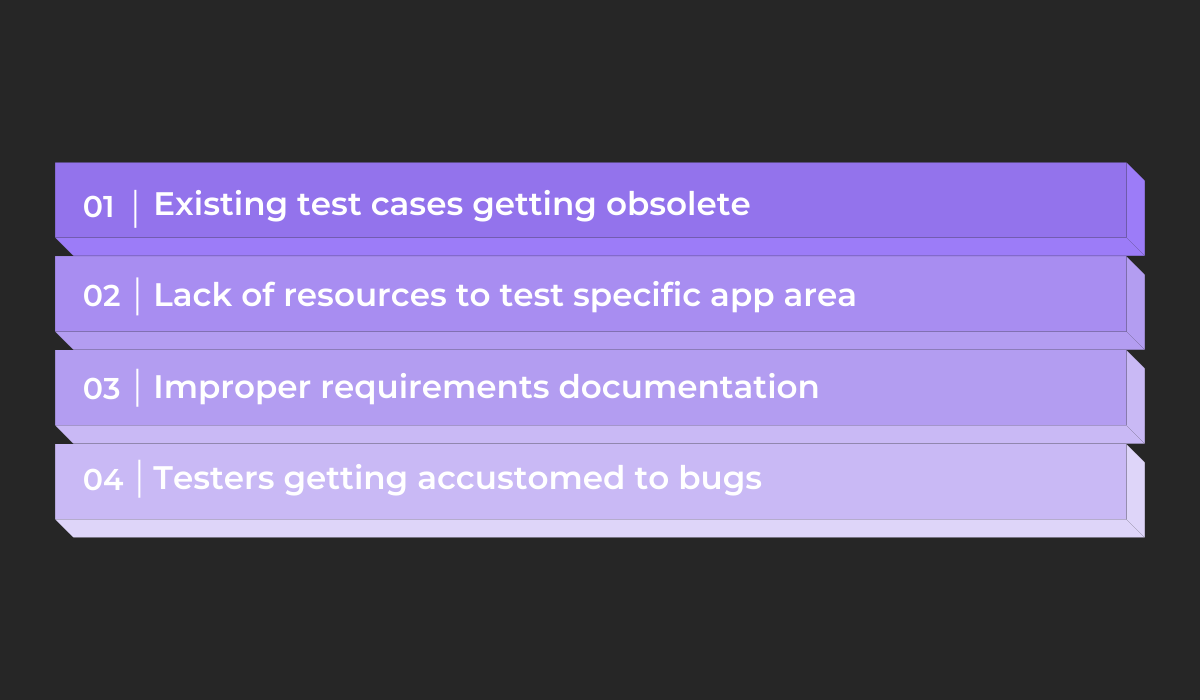
Organizations often work with limited time and resources, unsuitable requirements, and incomplete documentation that isn’t updated frequently enough.
Furthermore, testers may become too close to a project and develop familiarity with the software, preventing them from noticing some apparent issues.
This is where alpha testing comes in, with in-house testers thoroughly reviewing an app and trying to uncover most of its remaining unaddressed bugs.

Get unreal data to fix real issues in your app & web.
The unique advantage of alpha testing lies in its execution by highly skilled testers who have an in-depth understanding of the app.
This expertise allows them to thoroughly examine the software from various angles and identify any previously overlooked bugs.
Alpha testers are aware that the app is still in development and expect to encounter unfinished features.
With this mindset, they can help identify things that don’t work as expected or need improvement.
The bug reports, suggestions, and additional feedback they generate are then sent to developers, who use this information to improve the app’s quality.
Gaining insight into the app’s usability
Following the identification and resolution of overlooked bugs, another significant advantage of alpha testing is the opportunity to gain valuable insights into the app’s usability.
As alpha testers interact with the app, they can assess its overall function, as well as its look and feel and help ensure that the final product delivers a seamless and enjoyable user experience.
The firsthand experience while testing the software enables the alpha testers to detect any potential friction points like some of the common app usability issues.
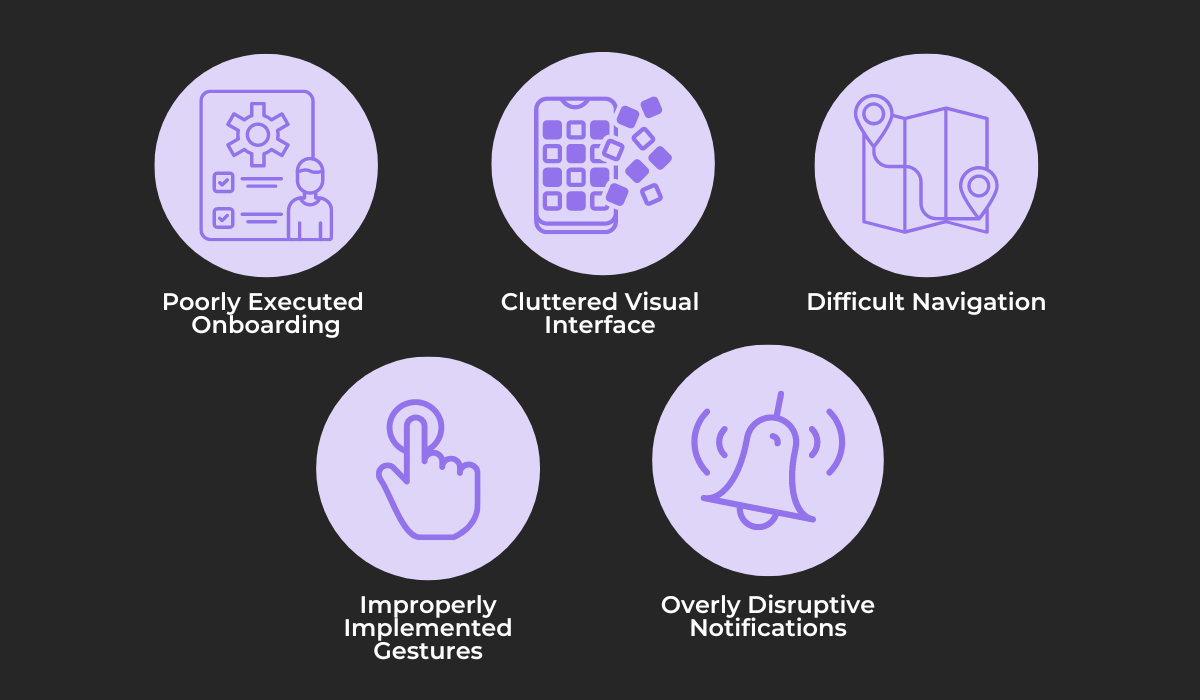
An app serves to fulfill the user’s needs in the most straightforward and enjoyable manner, and alpha testers are there to help accomplish this goal.
For example, the alpha testing process can uncover that an app’s user onboarding process is overly complicated, and testers can relay these concerns to developers.

Developers would then rework aspects of the app to end up with a simpler onboarding experience, like the one pictured above.
As you can see, alpha testing is vital in optimizing an app’s usability by revealing areas needing revision or detecting common usability bugs that should be fixed.
Saving time and money in the long term
Through early bug identification, helpful suggestions, and feedback, alpha testing can save a company’s resources in the long run.
Bugs and app problems detected early are easier and often less expensive to fix, as they can be addressed before becoming deeply ingrained in the software.
And with their in-depth knowledge of the app, alpha testers can detect production issues well before an app is released to the end users.
This practice is hugely beneficial, as issues emerging during production can be the most expensive to address if left unaddressed long enough.
In fact, in this survey conducted by ClusterHQ, out of 386 respondents, the majority agreed that defects identified in production are the most costly.
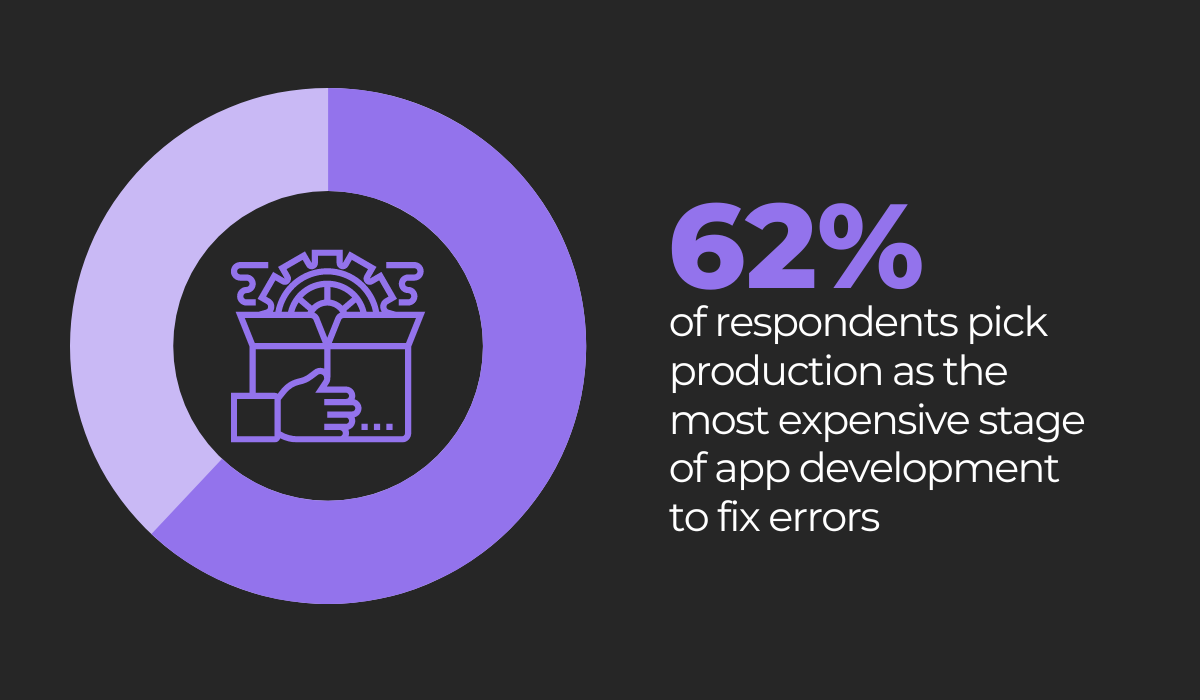
In comparison, the staging, QA, and testing stages of development were the least expensive to find a bug in, with only a tiny percentage of respondents selecting these stages in their answers.
Alpha testing helps identify issues in the early stages of development, which is the most economical option for an organization, both in terms of money and time, as well as the effort spent by testers and developers.
By understanding alpha testing and its advantages, the testing and development teams can better navigate the production phase and focus on maximizing its positive impact.

The cons
Despite its numerous benefits, alpha testing isn’t without its disadvantages.
The three drawbacks we cover below should be carefully considered, as they can help you grasp when it’s appropriate to use alpha testing in your software development process and when it’s not.
Let’s start with the limitations alpha testing has in terms of the parts of the app covered.
Not all of the app’s functions are tested
As alpha testing is done while an app is still being developed, not all of the app’s functions are available for testing.
In fact, out of the three types of requirements, during the alpha phase of development, testers mainly focus on evaluating the app’s business requirements.
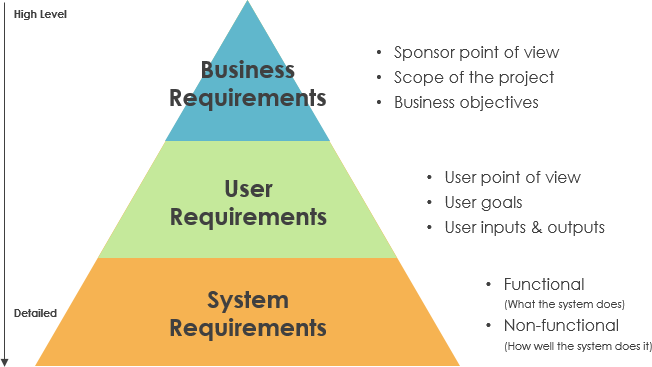
These requirements are high-level directives encompassing the overall business objectives, the project scope, and the client’s perspective on the app.
During alpha testing, the app needs to be aligned with the project’s primary goals and ensure that it meets client expectations.
However, this focus on business requirements means that user and system requirements, consisting of both functional and non-functional requirements, still need to be evaluated.
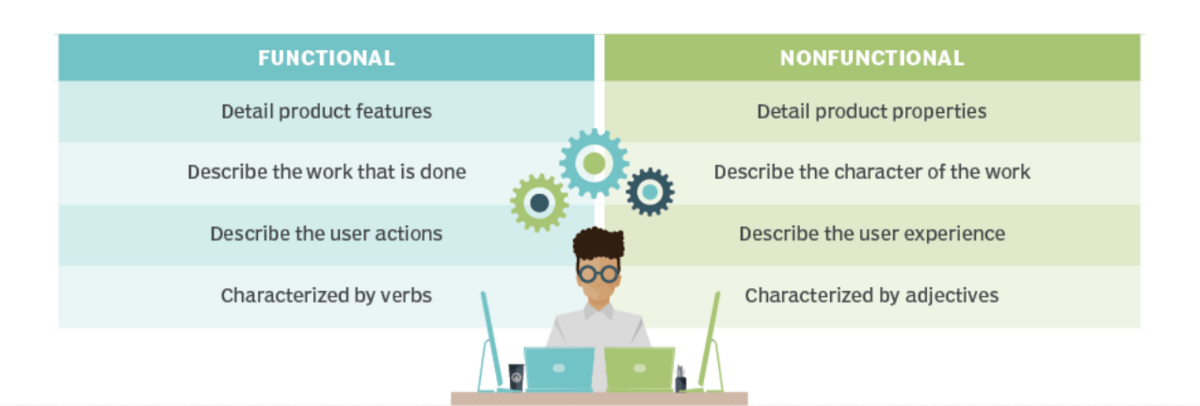
Not being able to test these requirements is not an inherent flaw of alpha testing but rather a limitation stemming from the stage of development the app is in during this phase.
So, while alpha testing plays a vital role in testing, it is essential to remember that it still doesn’t cover all of the aspects of the app that are being developed.
The staging environment has limitations
Another key disadvantage of alpha testing is the environment in which it takes place.
The staging environment used for alpha testing is a virtual one.
More specifically, it includes using simulators, which closely replicate the behavior and performance of the actual device or platform on which an app will be run.
There are plenty of advantages of simulators, as they are very effective, yet inexpensive.
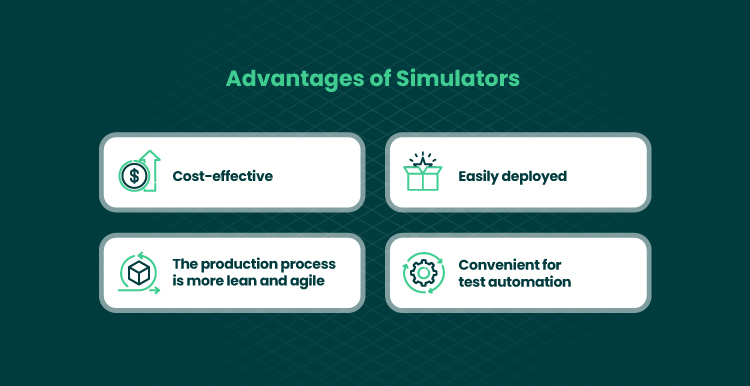
As convenient as they are, simulators cannot replicate real devices completely.
As a result, these virtual environments can limit the thoroughness and effectiveness of the alpha testing process.
For example, many aspects of an app cannot be tested by using a simulator, including the following:
- Battery performance
- CPU performance
- Memory consumption
- Connectivity issues
- Compatibility problems
The environmental factors in a real device affect various aspects of an app, so using simulation alone is insufficient for a comprehensive testing process and should be coupled with testing on real devices in later stages of development for better test accuracy and reliability.
Although alpha testing is a beneficial and efficient testing phase, you’d do well to unite it with testing practices in a real environment.
Alpha testers are not unbiased
Finally, the testers’ mindset can be a significant factor affecting the outcome of this testing phase.
As stated in this InterviewBit article, when compared to users, alpha testers have a completely different perspective.
Their prior knowledge, experience, and deep understanding of an app can create a certain degree of bias, affecting their ability to identify issues from an end-user perspective.

Very handy for handling user feedback. CTOs, devs, testers – rejoice.
In fact, the article highlights this critical point:
The difference between the tester’s perspective and the customer’s perspective can cause discrepancies in software functioning.
These discrepancies can lead to situations where certain issues go undetected during alpha testing, only to surface later when the app is in the hands of real users who interact with the app differently.
On top of this, testers are susceptible to common cognitive biases, some of which are illustrated next.

These biases can affect the thought processes of individual testers during the testing process, influencing their outcome.
We strongly advise you to read this article to learn how to recognize and mitigate these tendencies.
The limitations intrinsic to alpha testing highlight the importance of not solely relying on this practice and ensuring that other testing phases, such as beta testing, are used for a more comprehensive understanding of potential issues.
To conclude, recognizing the potential limitations of alpha testing can help organizations prepare and make informed decisions during the testing process.
Conclusion
Throughout this article, we’ve examined the pros and cons of conducting alpha testing, giving you a comprehensive understanding of its role in the software development process.
This crucial testing phase can provide valuable insights into an app, albeit limited.
We hope that you now have a clearer perspective on the benefits and potential downsides alpha testing may bring.
Armed with this information, you can confidently incorporate it into your development process, ensuring that your team and product are set up for success.






